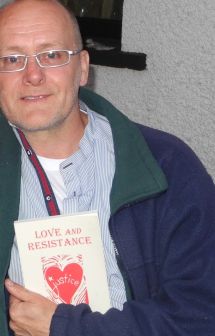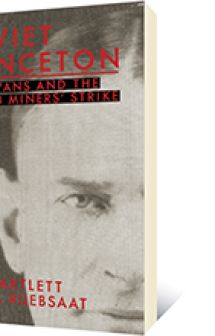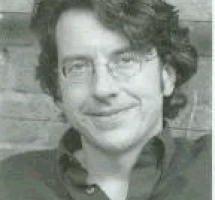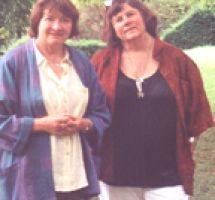“It [the story of the earth] is larger than all of us, shaped by rules that antedate and superseded every economic, legal and religious doctrine humans have ever created.”
It is not often that a scientist writes a book about her area of study that can be easily understood and appreciated by any reader. Bjornerud is a geologist with a deep and broad love of our planet; she makes the history and existence of our Earth relevant to the important issues facing humanity today. She makes all the vital inks between resource depletion, global warming and the billions of years the earth has existed and reached a state of balance, now severely threatened. She writes that we have an ancient fear, “ … that we will one day wake up to find the cupboards bare. An old and frail Mother Earth will no longer be able to provide for her children.” A fear that becomes more present and obvious every day.
The history of the history of the earth is short; until a few hundred years ago, most societies wrapped geology into a rigid theological framework. Many people observed the earth´s surface, collected samples and fossils and interpreted it for exploitation and development, without questioning its formation and processes. Now geologists can use sophisticated measurement techniques to plumb earth´s depth, calculate its composition, to interpret slow and sudden changes and to date its existence.
Sitting on my shelf is a piece of tonalite gneiss, accompanied by a card that identified this specimen as “the Oldest Known Rock in the World”, dated 3.962 billion years old; an age that most of us cannot comprehend, even when compared to the less than 2 million years humans have had to ravish their home. How is it possible that we can have a fatal effect on a massive planet in such a short time — really only the last few hundred years?
With the basic geologic timescale, clear explanations, and vivid details with understandable metaphors, Bjornerud in elegant prose writes the complicated history of our planet and of our fortune to be one life form among many on this delicately balanced combination of age, heat, air, water and chemical elements. The earth is so old and so vast, we perch on its surface with little understanding of its place in the universe or what lies just beneath our feet. For this, she says, we must understand the language of rocks. Interpreting the landscape around and under us, she shows how the earth reached its present form after 4 billion years of activity, change and reaction until we have the continents we recognize surrounded by air and water. The heat of the sun rules our atmosphere, creating weather and climate, soil and even volcanoes that come from a place where heat has been stored for millennia. The solidity of our planet is deceptive; change happens constantly, the balance of forces is precarious, rocks form and other disappear to dissolve or to be transformed. She calls it a dance with underlying rhythms and idioms.
“Our bones evolved in the constant presence of gravity, and without this force to challenge them, they lose their strength. In the same way, without the force field of scarcity, a constant in our evolutionary past, we lose something of our full potential. Once we have enough to survive, we crave limits — the discipline of the dance…unchecked consumption and unchallenged political power are violations of ancient earth—law. The only uncertainty is what the penalties are.”
To understand the limitations and fragility of the earth is know that we are on a dangerous course that will take the power of informed and caring people to pull us back from the precipice where, like lemmings, we rush to the newest mall or war.
Bjornerud wants us to know and appreciate our home for its own sake; it will be here long after we are gone, even extinct. But she also wants us to appreciate it so that we can re—balance our place on this earth as we change it at an alarming rate. We are with our constant exploitation of our home and its treasures, changing it more profoundly now than nature itself.
“The magnitude of human actions on the Earth mow matches those of natural agents. We are changing the underlying beat of the global dance…if we wish to preserve our social, political and economic structures, which don´t weather surprises very well, we need to understand the range of possible outcomes. Fortunately Earth has kept a good record of what has happened in the past when biogeochemical upheavals have occurred. To read it, we need to speak the language of rocks.”
Bjornerud has written a story combining her passion and wisdom; this wonderful book is ultimately a call for all of us to understand what we are doing to our only home and to act now to save it. Learn and learn to dance with the rhythms of the Earth.

 Follow
Follow






















